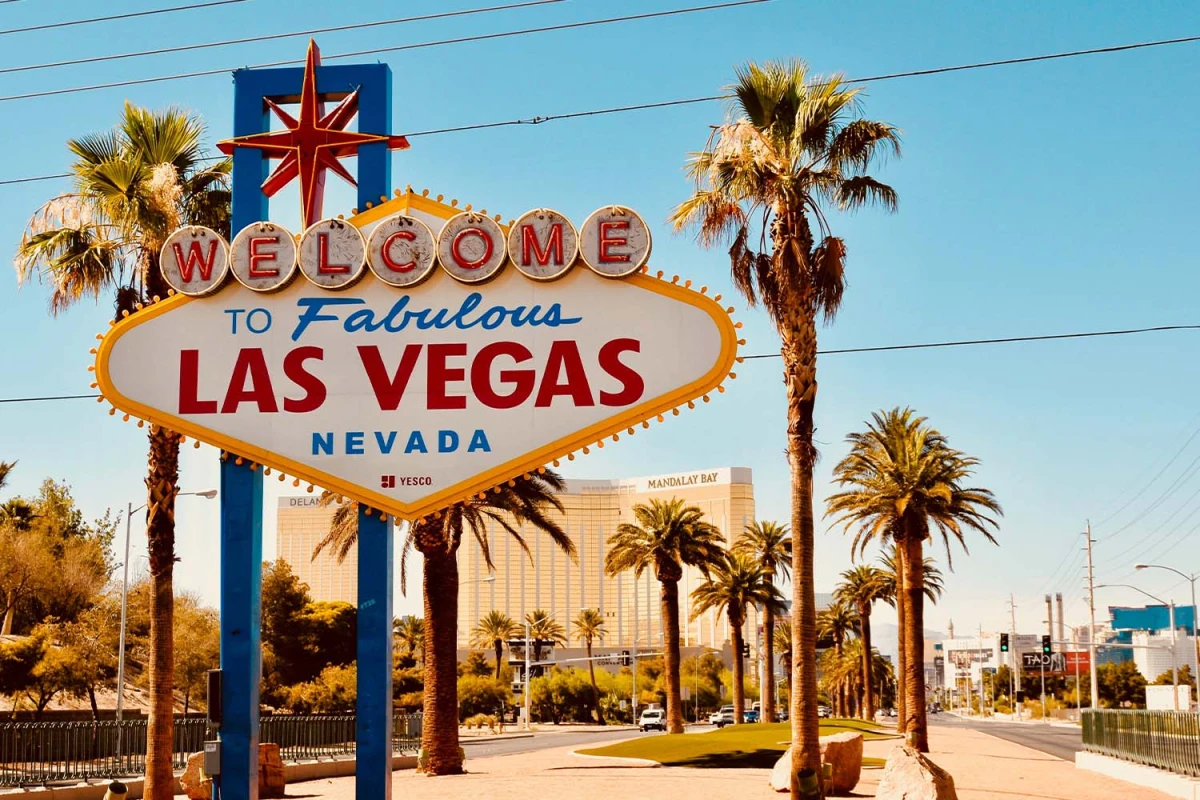
Americans undoubtedly love to go on trips and take vacations. We consider it an opportunity to escape the hustle and bustle of our work, and it is a time for us to unwind, relax, and enjoy ourselves. One name that will always be on the top of the list for trips and vacations would be Las Vegas. The place has been popularized over the years with its huge influence on pop culture and features in many movies, series, books, magazines, and more.
In this article, we are going to talk all about Las Vegas. We are going to give you a brief rundown of its history, some cool and fun facts about the place, and finally, we are going to give you a list of the top things to do when in Vegas. Before we do, though, you might want to check this list out for our recommendations for cabin vacation rentals in Las Vegas.
Brief History of Las Vegas
After the establishment of a railroad connecting Los Angeles and Salt Lake City, the community of Las Vegas, Nevada, was established in 1905. Farmers were drawn to the area by the stopover, and freshwater was piped into the community. The town was constituted in 1911 as a portion of the recently established Clark County. When construction on the Boulder Dam began in 1931, a significant influx of young male laborers arrived, for whom the Mafia built theaters and casinos, and urbanization really took off. The dam’s electricity also made it possible to develop additional hotels along the Strip.
Las Vegas was given its name in 1829 by Rafael Rivera, who was a member of the trading expedition of Spanish explorer Antonio Armijo. Rivera was making his way to Los Angeles and stopped by for water on the Old Spanish Trail from New Mexico. Las Vegas, which means “the meadows” in Spanish, refers to a number of the valley’s artesian wells that were present at the time. The Colorado River is supplied by the wells’ flow into the Las Vegas Wash.
Facts About Las Vegas
- The renowned Las Vegas Strip is not actually found in the Las Vegas city borders. Technically, Clark County has control over the strip.
- Each year, more than 41 million people travel to Las Vegas.
- Las Vegas was named one of the top ten culinary destinations in the country.
- Every year, Las Vegas hosts over 22,000 conventions.
- Las Vegas, with its millions of lights, is regarded as the brightest spot on the planet.
- More than half of the world’s top 20 hotels are located in Las Vegas.
- The Las Vegas valley area has around 150 casinos and at least 150,000 hotel/motel rooms.
- Gaming/gambling generates little more than 43 percent of Las Vegas casino income. Dining and shopping have evolved into important aspects of the Las Vegas experience.
- Las Vegas city’s oldest hotel and casino are located downtown. It is The Golden Gate Hotel and Casino, and it has been operating non-stop since its debut in 1906 under its original name, Hotel Nevada.
- Being a major gambling hub is one of Las Vegas’ most well-known characteristics. Although this is the case, it is no anymore the gambling capital of the world. After Vegas holding the title since 2007, Macau is now recognized as the world’s gambling capital as its casino revenues consistently outpace those of Las Vegas.
Activities in Vegas
- See the Fountains of Bellagio – The most well-known attraction on The Strip is undoubtedly Bellagio’s famous dancing fountains. The eight-and-a-half-acre lake in front of the resort is home to the geysers, a total of over 1,200. The fountain, which is set to music, bursts into action every half-hour in the afternoon and once every 15 minutes from evening until midnight.
- Caesars Palace – Few casinos in Las Vegas can rival the atmosphere of Caesars, one of the last remaining classic properties in the state. Come to place a few bets on the expansive casino floor, cool down in the opulent Garden of the Gods pool, browse the Forum Shops, catch a show in the Colosseum, or simply roam the hallways.
- Red Rock Canyon National Conservation Area – Mountains and valleys encircle the city, providing wonderful trekking options. Visit Red Rock Canyon National Conservation Area, where trails lead into beautiful gullies, and rock faces are populated with climbers on some of the world’s best routes. For non-hikers, you can opt to drive a 13-mile lap through the park.



